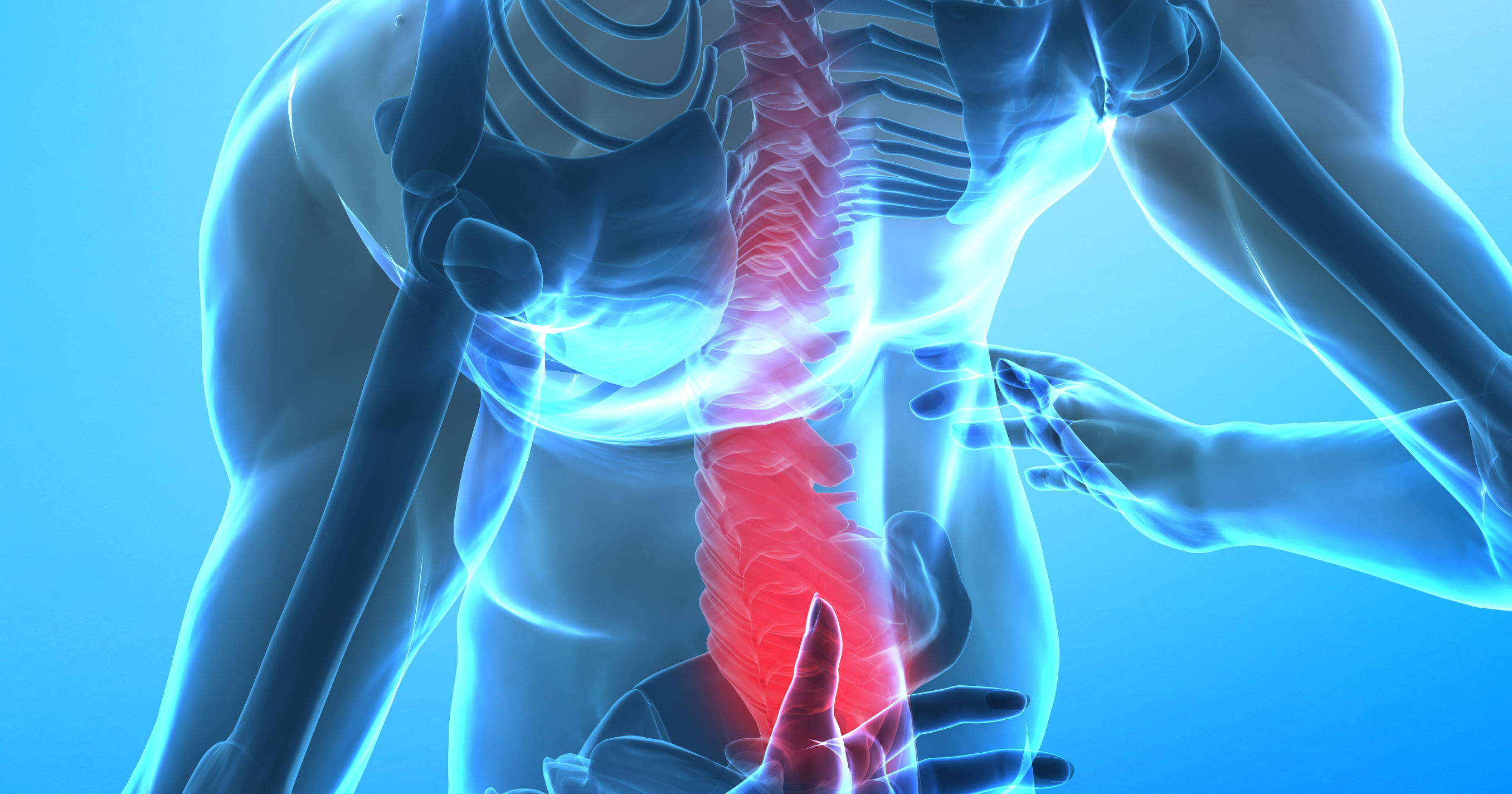July 10, 2013
Although we all experience anxiety at some point in response to an event or trigger it is typically short-lived, dissipating once the event is over. For some, anxiety is an ever present reality. One reason for being overly anxious is due to the over excitation of neurons in response to a stimuli such as a loud noise. These neurons are like a hair trigger ready to fire for the slightest of reasons producing excitatory neurotransmitters like epinephrine and glutamate which help in a "flight or fight" situation. When these neurons rapidly fire again and again this produces a constant feeling of agitation, worry, and restlessness. A recent study published in the Journal of Neuroscience showed how mice react to a stressor after a period of exercise versus mice that did not exercise. For six weeks one group of mice were given access to a running wheel while another group was not. At the end of the this period the mice were briefly exposed to cold water and their brain activity was measured. Those that were not allowed to exercise experienced more neuronal excitation from the cold water. In other words they immediately got into an excited state. The mice that were allowed to exercise showed much less excitation and actually produced more GABA, a calming neurotransmitter. If you are currently engaging in no exercise at all, start by walking 15-30 minutes 5 days a week. As you get accustomed to that routine try increasing the time or adding other forms of exercise such as weight training, yoga, or exercise classes.
References:
Physical exercise prevents stress-induced activation of granule neurons and enhances local inhibitory mechanisms in the dentate gyrus. J Neurosci. 2013 May 1;33(18):7770-7.



Dr. Groneck
We are dedicated to providing a comprehensive approach to helping you achieve optimal health by looking at the synergy of the whole person, not just a collection of parts. We combine standard medical testing with functional medicine testing to gain an in-depth understanding of what is wrong and, equally important, how to fix it.